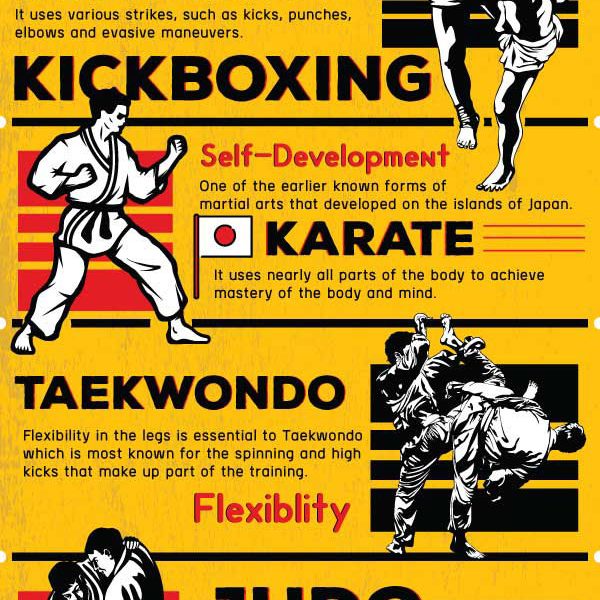Martial arts have a remarkable history that covers centuries and continents. You might discover it appealing how ancient practices like Shuai Jiao and Kalaripayattu laid the groundwork for modern-day combat methods. https://martial-arts-karate-for-k76420.luwebs.com/35778181/understanding-the-various-belt-levels-in-taekwondo-important-details-to-keep-in-mind but also show the cultures that birthed them. As you explore their advancement, take into consideration just how globalization has actually changed these standard forms into crossbreed styles. What influences do you believe have formed today's martial arts landscape?
Ancient Martial arts: The Foundations of Fight
As you look into the world of ancient martial arts, you'll uncover the rich structures that shaped battle methods across societies. Early methods focused on Self-Defense and survival, commonly incorporating strikes, grappling, and weaponry.
In old China, for example, strategies like Shuai Jiao stressed throws and joint locks, while India's Kalaripayattu showcased agility and liquid activity. Japanese samurai created Kenjutsu, a polished swordsmanship that highlighted self-control and strategy.
These martial arts served not just for fight yet likewise as a means of personal advancement, instilling worths like regard and determination. The mixing of these techniques in time laid the groundwork for the diverse martial arts you see today, each reflecting the distinct approaches and demands of its society.
The Social Influence on Martial Arts Growth
While martial arts commonly mirror the functional demands of a culture, they also embody the cultural values and beliefs of their origins. When you discover different martial arts, you'll notice just how they're influenced by religion, viewpoint, and social standards.
As muay thai near me , the emphasis on regard and self-control in Japanese martial arts stems from Zen Buddhism and samurai society. On the other hand, Brazilian Jiu-Jitsu promotes adaptability and technique, shaped by the demand for efficiency in a diverse, modern atmosphere.
You may find that the routines, uniforms, and training techniques reflect a neighborhood's history and identification. By recognizing these cultural influences, you grow your gratitude of martial arts and their role in shaping human experiences across the globe.
Modern Adaptations and the Globalization of Martial arts
Martial arts have actually changed considerably in current years, adapting to contemporary society and global impacts. You'll notice that typical types have combined with modern-day methods, producing hybrid styles like mixed martial arts. These adjustments deal with varied target markets, making martial arts obtainable and appealing globally.
With the surge of social networks and electronic systems, you can discover tutorials and competitions from all edges of the world, breaking geographical barriers. This globalization has actually resulted in a common appreciation for numerous disciplines, from Brazilian Jiu-Jitsu to Taekwondo.
As best self defense class for adults engage with these arts, you'll recognize they're not nearly fight; they advertise health and fitness, self-control, and psychological well-being.
Eventually, modern-day adaptations have actually enriched the martial arts landscape, making it a vibrant and progressing practice.
Conclusion
In exploring the history and development of martial arts, you reveal a remarkable mix of strategies, societies, and philosophies. From old techniques like Shuai Jiao and Kalaripayattu to the contemporary versatility seen in mixed martial arts, martial arts reflect humankind's mission for Self-Defense and individual development. As you engage with these practices, you not only acquire skills however also a deeper recognition for the diverse practices that shape our world today. So, proceed your journey and embrace the art of combat!
